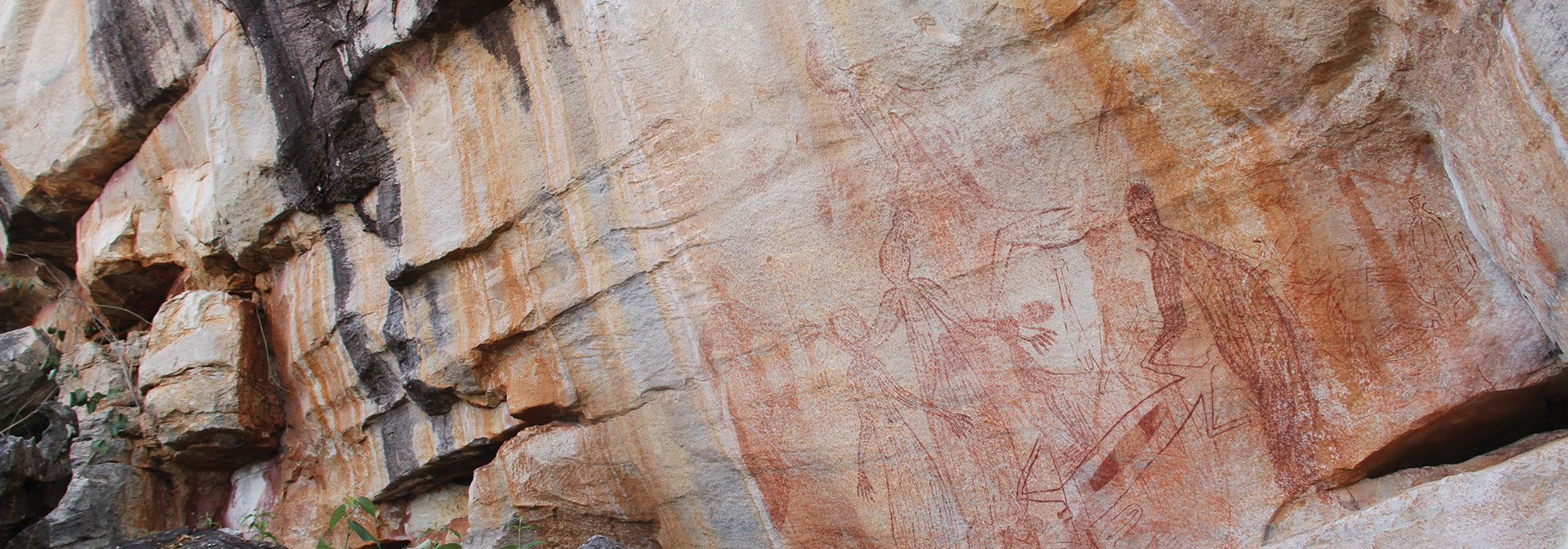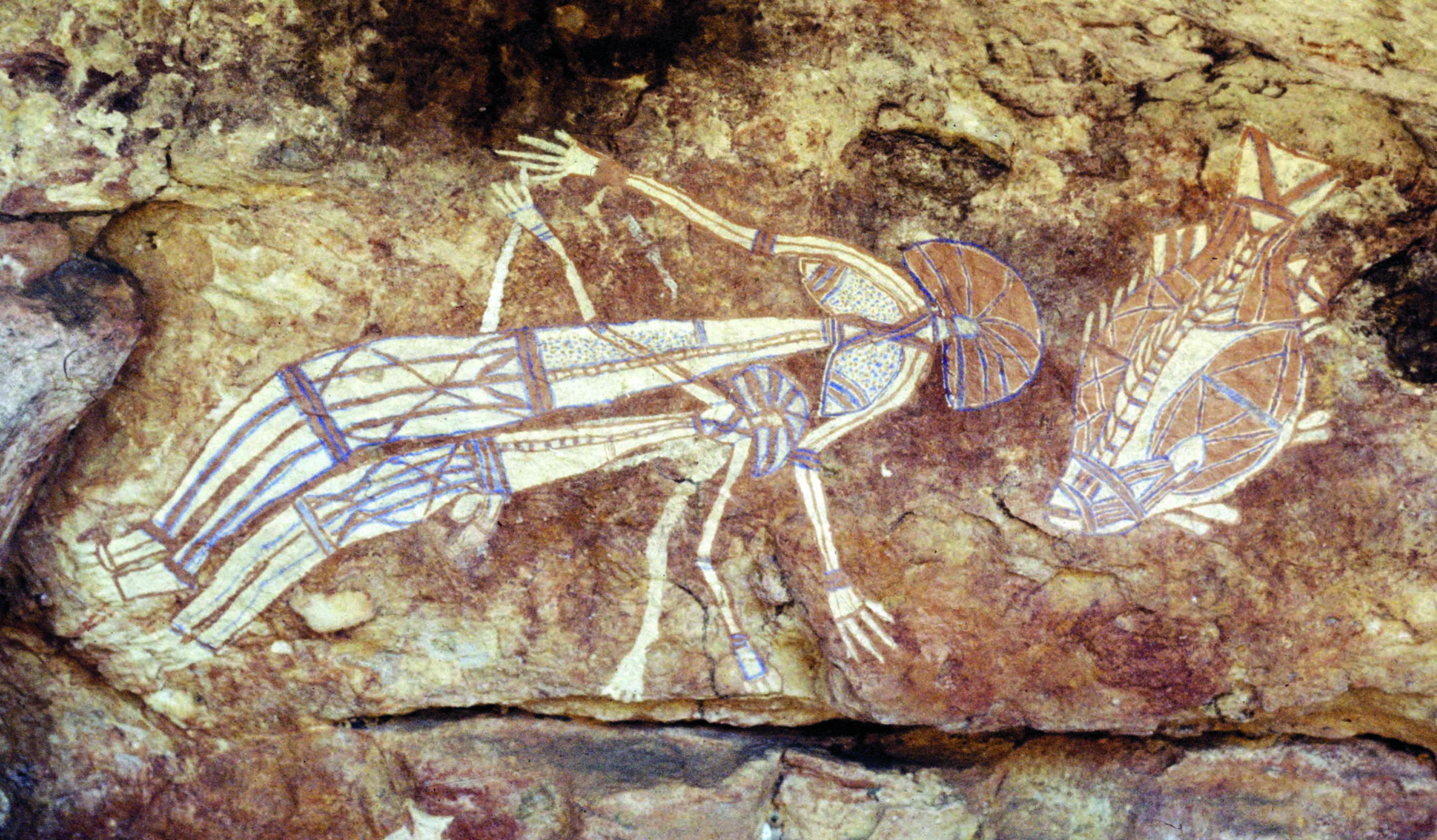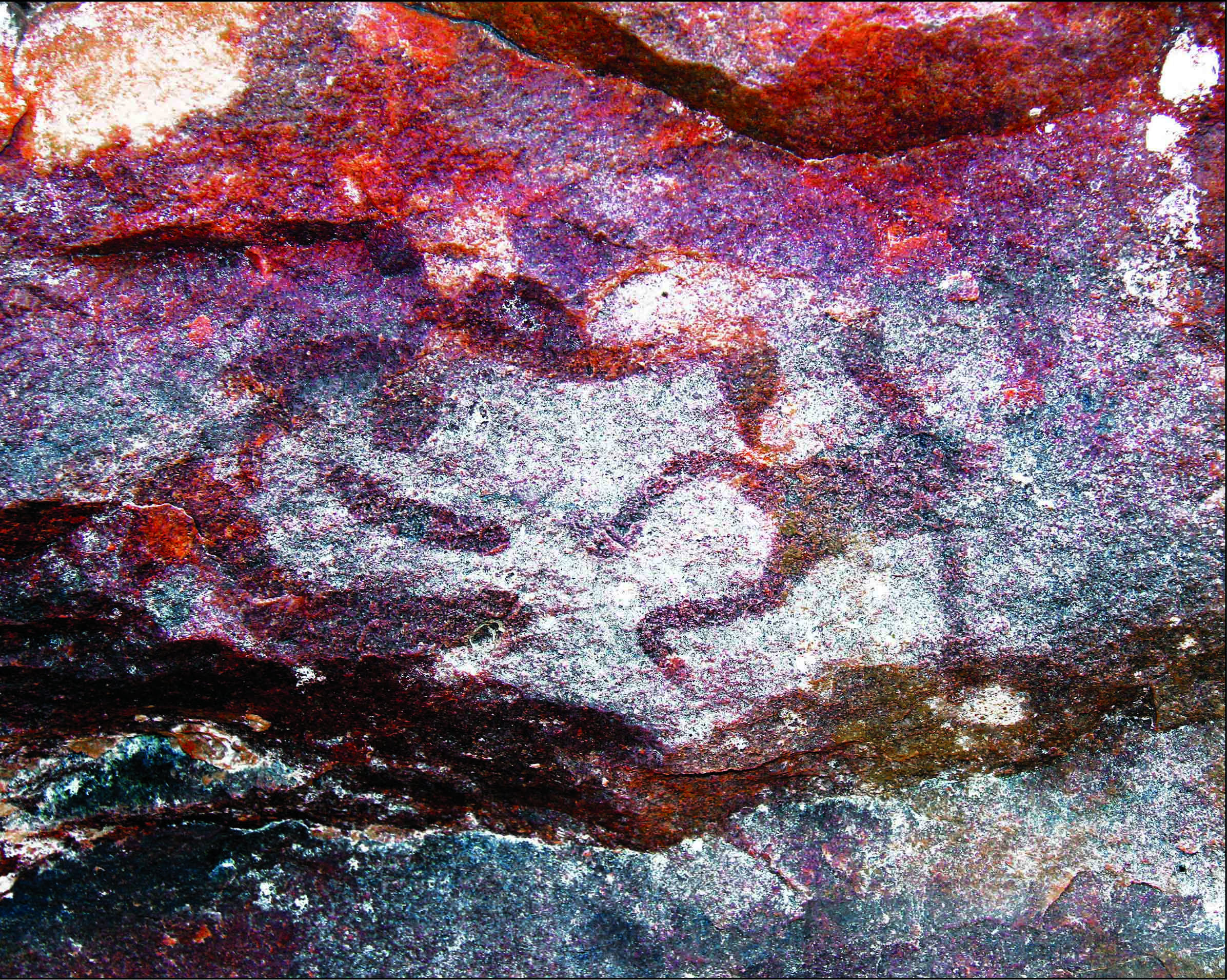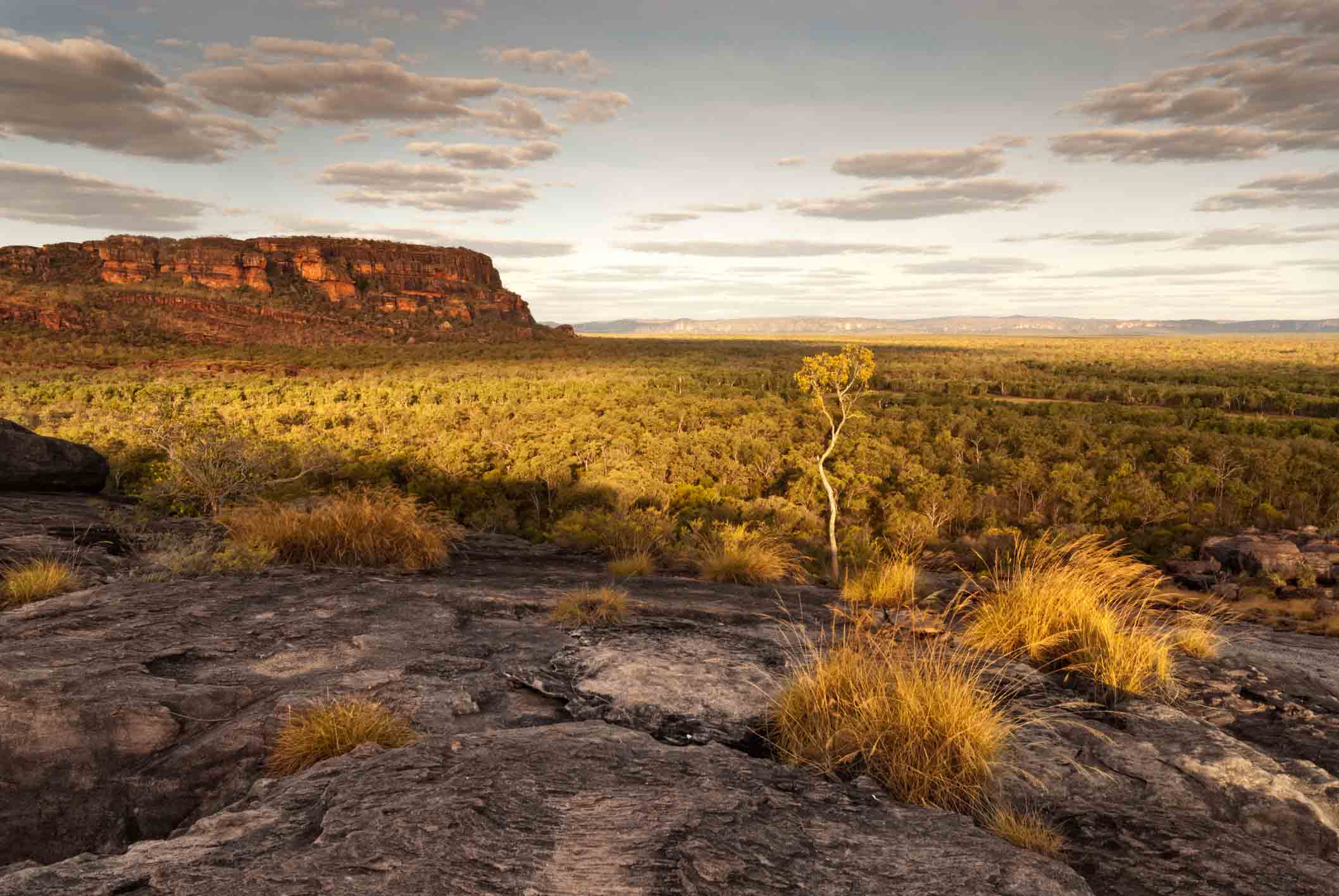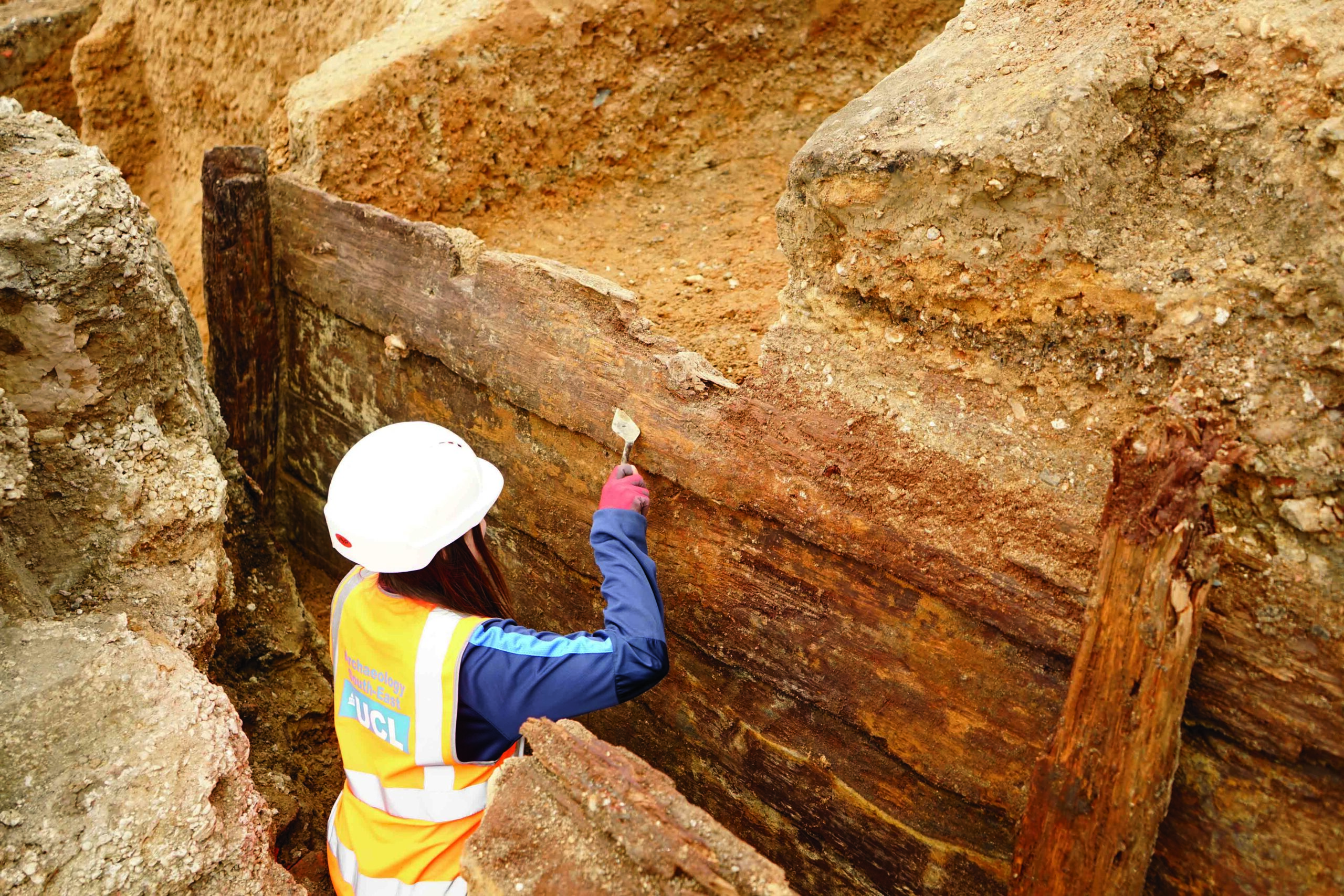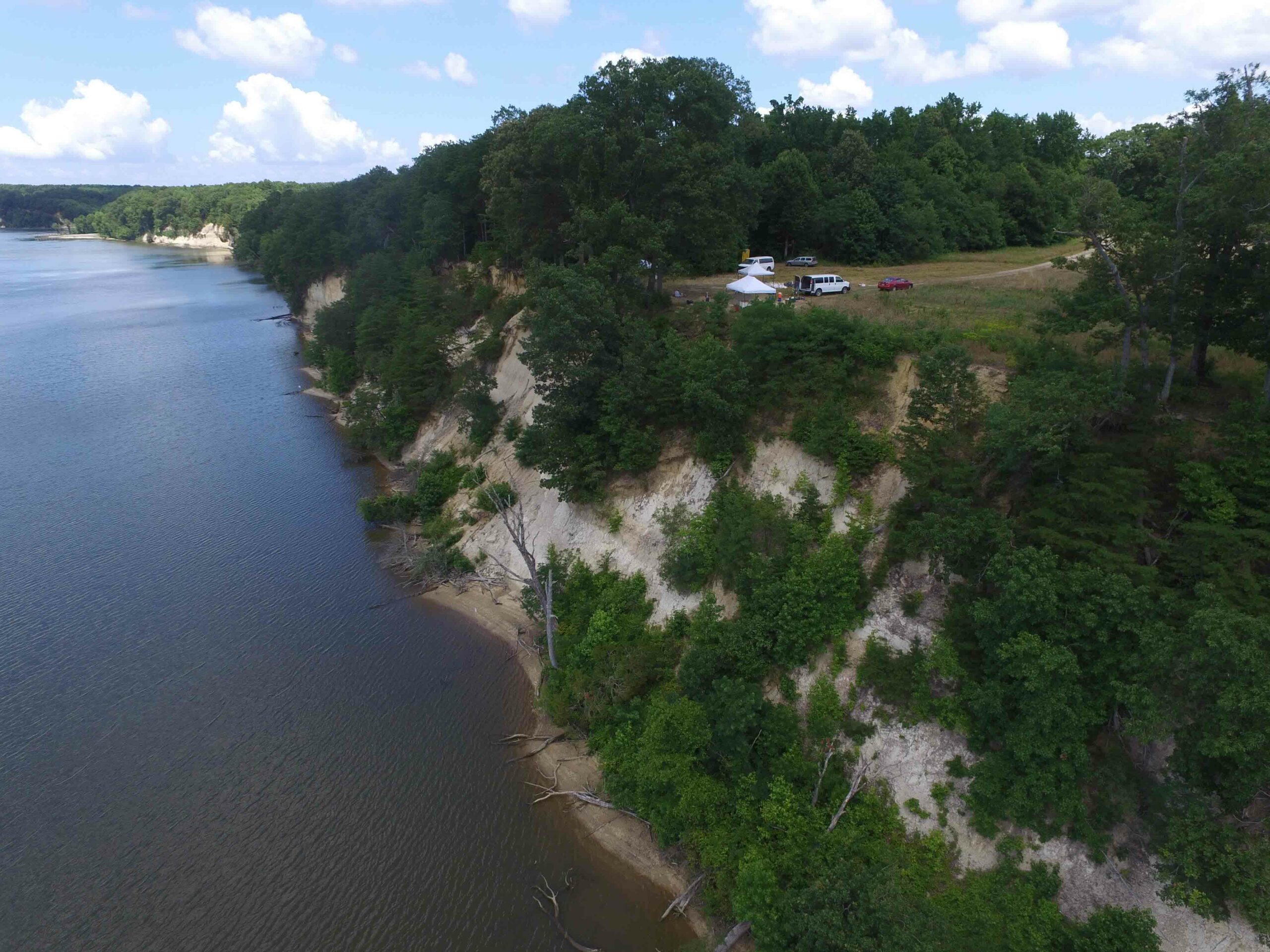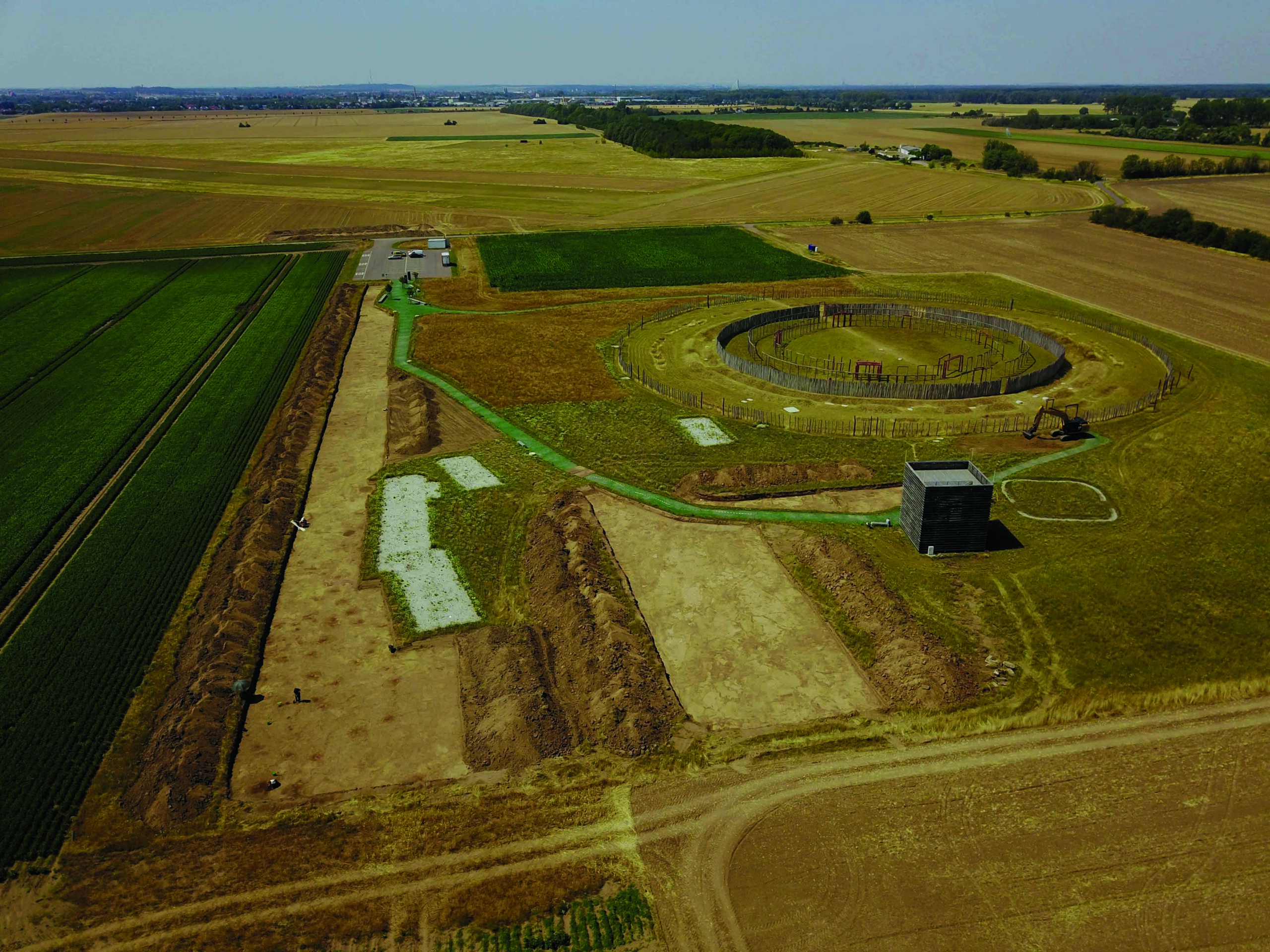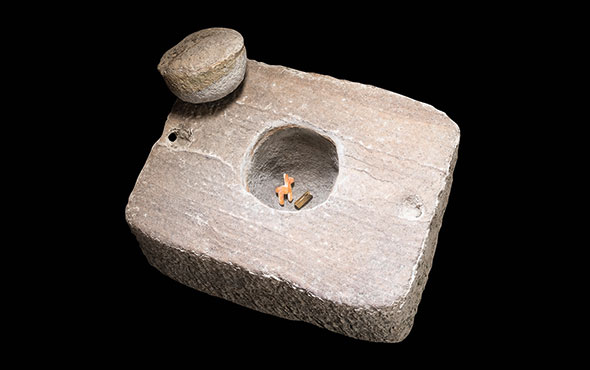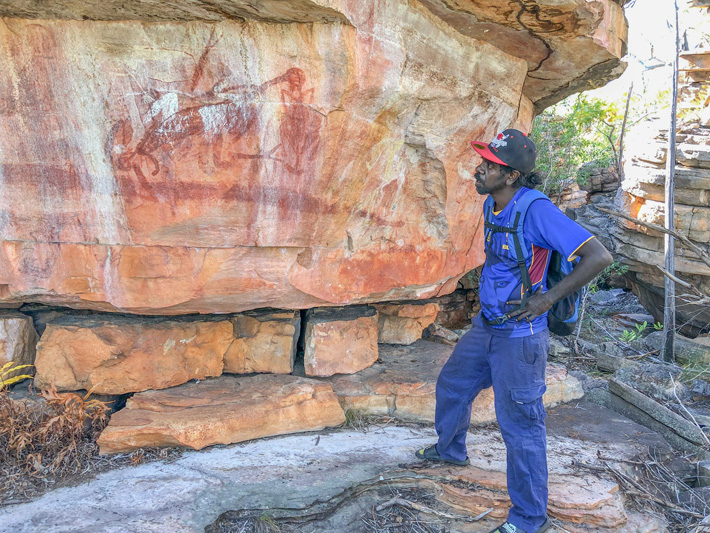
ADELAIDE, AUSTRALIA—Cosmos Magazine reports that Daryl Wesley of Flinders University and Mimal and Marrku Traditional Owners of the Wilton River area used machine learning to analyze changes in rock art styles in northern Australia’s Arnhem Land. The computer was supplied with information of more than 1,000 types of objects and a mathematical model to determine how similar two images are to one another. The model was then applied to images of the rock art. “One amazing outcome is that the machine learning approach ordered the styles in the same chronology that archaeologists have ordered them in by inspecting which appear on top of which,” said team member Jarrad Kowlessar of Flinders University. Styles of artwork that are closer to each other in age are also closer to each other in appearance, he explained. The team members suggest that this approach takes tiny details easily missed by humans into account, and removes possible human bias from the evaluation of rock art sites. To read about dating rock art using millennia-old wasps' nests on rock faces, go to "Around the World: Australia."


